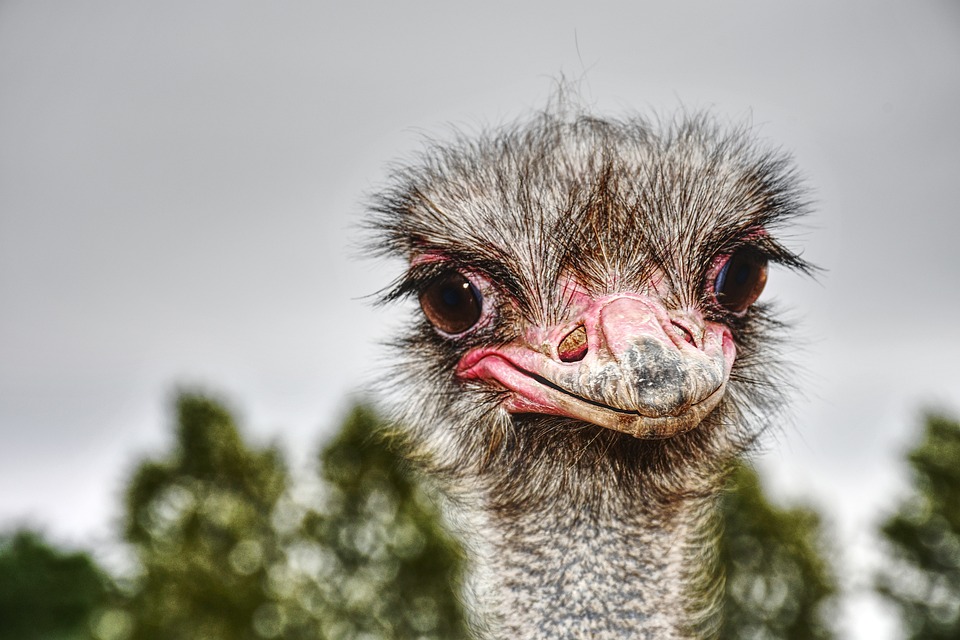Preserving the Rich History of Kuila ni Viti Through Performance

Preserving the Rich History of Kuila ni Viti Through Performance
In the vibrant culture of Fiji, the art of storytelling has been passed down through generations as a way of preserving the rich history and traditions of the Fijian people. One particular form of storytelling that has remained a beloved tradition is Kuila ni Viti, a performance art that combines dance, music, and oral storytelling to depict the myths, legends, and histories of Fiji.
The Origins of Kuila ni Viti
Kuila ni Viti, which translates to “the dances of Fiji,” has ancient roots in Fijian culture. It was traditionally performed during important ceremonies, celebrations, and gatherings as a way of honoring the ancestors and passing down their stories to the next generation. The performances would often include intricate costumes, traditional music played on drums and bamboo pipes, and energetic dance movements that captivated audiences and brought the stories to life.
Over time, Kuila ni Viti evolved to adapt to more contemporary settings, but its essence remained the same – to preserve the history and culture of the Fijian people through performance. Today, Kuila ni Viti is performed at cultural events, festivals, and gatherings both in Fiji and around the world, where it continues to enchant audiences with its colorful costumes, lively music, and captivating storytelling.
The Art of Kuila ni Viti
A typical Kuila ni Viti performance consists of several elements that come together to create a mesmerizing storytelling experience. The performers, who are often dressed in elaborate costumes adorned with feathers, shells, and traditional motifs, use a combination of dance movements, gestures, and facial expressions to convey the emotions and actions of the characters in the story.
The music played during a Kuila ni Viti performance is an essential component of the storytelling. Traditional Fijian instruments such as the lali (wooden drum), derua (bamboo flute), and the doli (hand drum) are used to create rhythmic beats and melodies that enhance the mood and atmosphere of the performance. The music sets the pace for the dancers and helps to transport the audience to the world of the story being told.
Another key element of Kuila ni Viti is the oral storytelling, which is often done in the Fijian language. The storyteller, known as the vakaviti, uses his or her voice to narrate the events of the story, bringing the characters to life and engaging the audience in the tale. The vakaviti’s words are often accompanied by gestures and movements that help to illustrate the story and create a dynamic and immersive experience for the audience.
Preserving Tradition Through Performance
In a rapidly changing world, the tradition of Kuila ni Viti plays a vital role in preserving the rich history and cultural heritage of the Fijian people. By sharing the stories of their ancestors through performance, the performers of Kuila ni Viti ensure that the traditions and customs of their people are not forgotten but are passed on to future generations.
Through the art of Kuila ni Viti, Fijians are able to connect with their roots, celebrate their history, and share their culture with others. The performances serve as a living link to the past, reminding audiences of the traditions and values that have shaped Fijian society for centuries.
As the world becomes more interconnected and globalized, it is important to hold on to the unique traditions and customs that make each culture distinct. The art of Kuila ni Viti is a shining example of how performance can be used to preserve and celebrate the rich history and heritage of a people, ensuring that their stories are not lost to time but are kept alive for future generations to enjoy.
In conclusion, Kuila ni Viti is not just a form of entertainment, but a powerful tool for preserving the history and culture of the Fijian people. Through its vibrant performances and captivating storytelling, Kuila ni Viti continues to enchant audiences and educate them about the traditions and customs of Fiji. It is a living testament to the enduring spirit of the Fijian people and a celebration of their unique heritage.